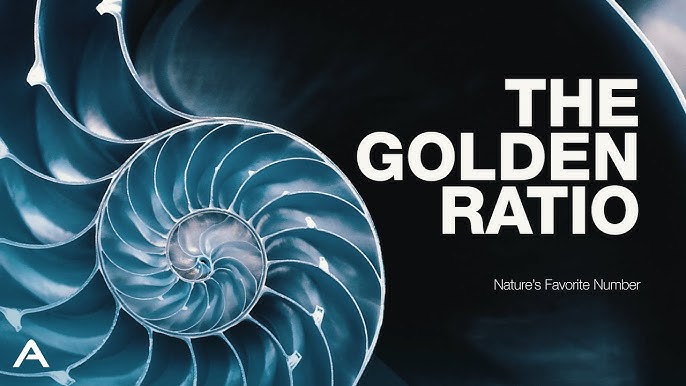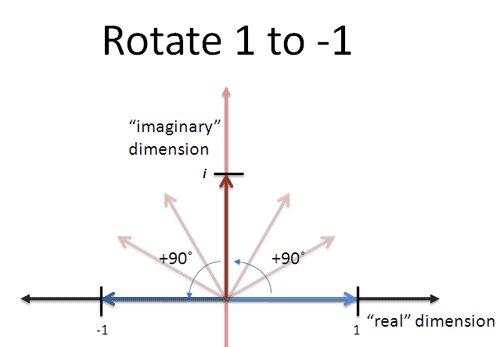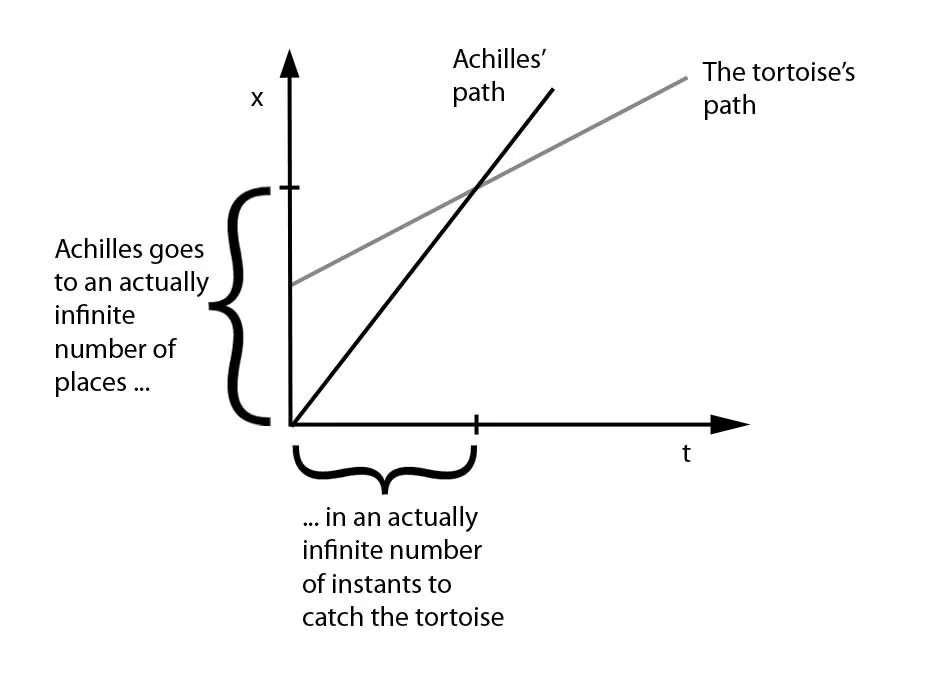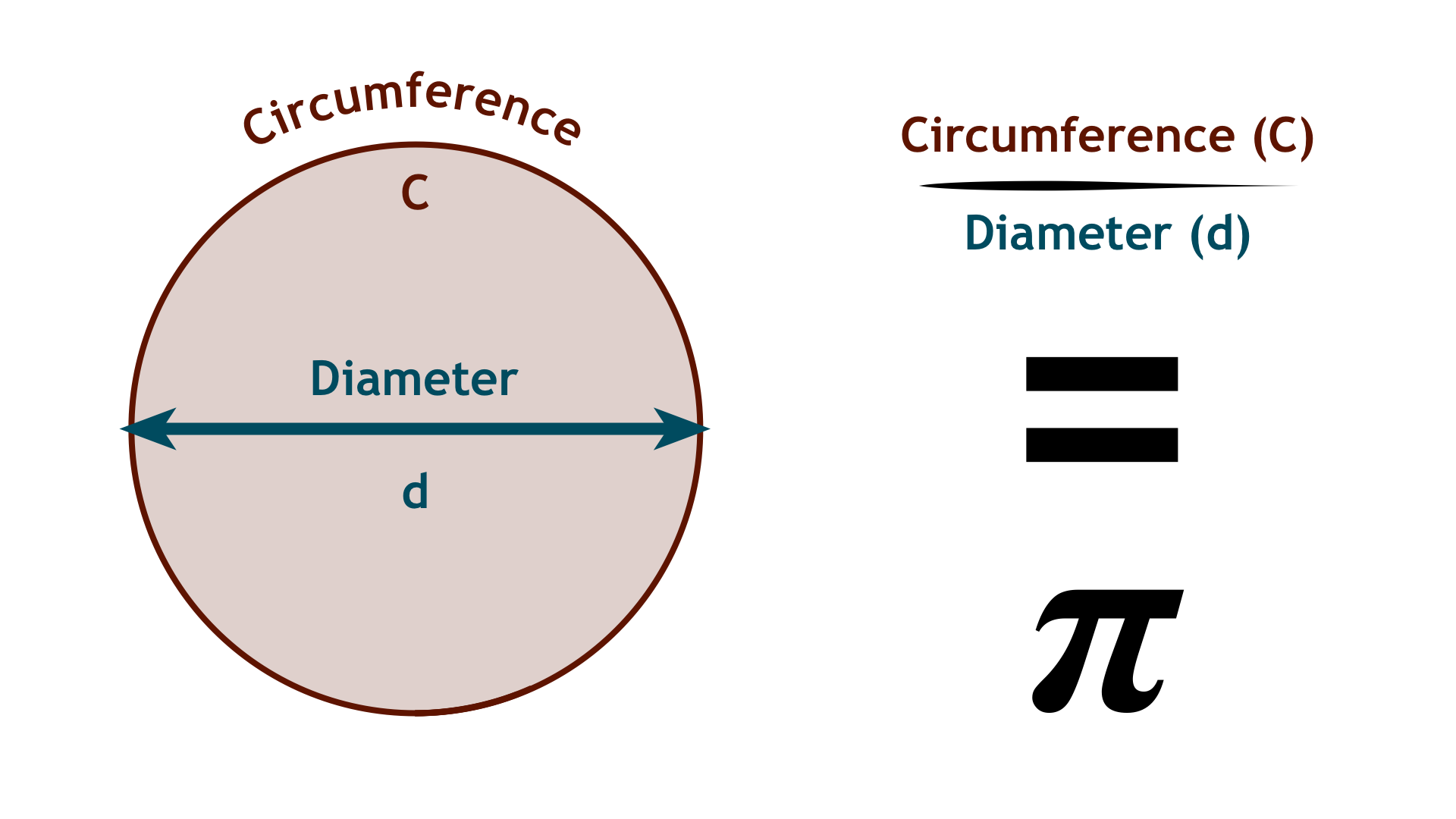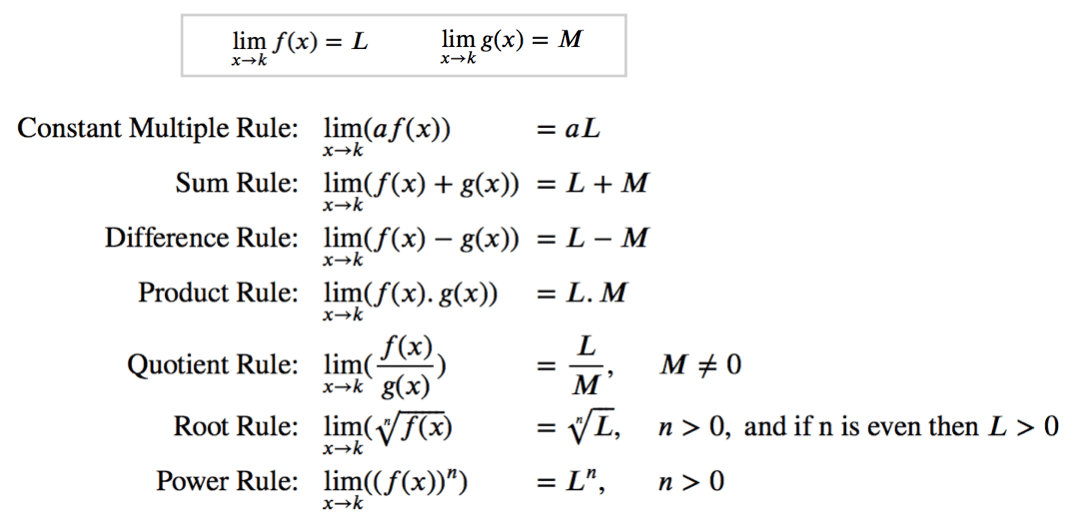Exploring the myth and math of the so-called “divine proportion.”
Defining the Ratio: What is the Golden Ratio (≈1.618) and How is it Derived?
The golden ratio, represented by the Greek letter phi (ϕ), is approximately 1.6180339887… and has fascinated mathematicians, artists, and scientists for centuries. This irrational number possesses unique mathematical properties that make it appear in unexpected places throughout nature, art, and architecture. Understanding its mathematical definition reveals why it’s considered special and provides the foundation for exploring its alleged appearances in the world around us.
Mathematically, the golden ratio is defined as the positive solution to the equation ϕ = 1 + 1/ϕ. This self-referential definition means that the golden ratio is equal to 1 plus its own reciprocal. Rearranging this equation gives the quadratic equation ϕ² – ϕ – 1 = 0, which can be solved using the quadratic formula to yield ϕ = (1 + √5)/2 ≈ 1.6180339887…
The geometric definition of the golden ratio involves dividing a line segment into two parts such that the ratio of the whole segment to the longer part equals the ratio of the longer part to the shorter part. If a line segment of length a + b is divided into parts of length a and b (where a > b), then (a + b)/a = a/b = ϕ. This mathematical relationship creates what is often called the “golden section” or “divine proportion.”
The golden ratio can also be defined through the Fibonacci sequence, where each number is the sum of the two preceding numbers (1, 1, 2, 3, 5, 8, 13, 21, 34, 55, 89, …). As the sequence progresses, the ratio of consecutive Fibonacci numbers approaches the golden ratio. For example, 89/55 ≈ 1.61818, which is very close to ϕ. This mathematical connection links the golden ratio to recursive growth patterns found in nature.
Continued fractions provide another way to understand the golden ratio. The simplest continued fraction representation is ϕ = 1 + 1/(1 + 1/(1 + 1/(1 + …))), which reflects the self-similarity property of the golden ratio. This infinite continued fraction representation shows why ϕ is considered the “most irrational” number—its continued fraction converges more slowly than any other irrational number.
The golden ratio appears in the geometry of a regular pentagon and pentagram. The ratio of a diagonal to a side in a regular pentagon equals ϕ, and the intersections of diagonals in a pentagram divide each other in golden ratios. This mathematical relationship was known to ancient Greek mathematicians and contributed to the golden ratio’s mystical reputation.
In algebra, the golden ratio has the unique property that ϕ² = ϕ + 1 and 1/ϕ = ϕ – 1. These relationships mean that powers of ϕ can be expressed as linear combinations of ϕ and 1. For example, ϕ³ = ϕ² + ϕ = (ϕ + 1) + ϕ = 2ϕ + 1. This mathematical property makes ϕ useful in solving certain types of recurrence relations and difference equations.
The golden ratio is also related to the logarithmic spiral, a curve that appears in many natural phenomena. When a golden rectangle (a rectangle whose side lengths are in the golden ratio) is repeatedly subdivided into squares and smaller golden rectangles, connecting the corners of the squares creates a logarithmic spiral that gets wider (or further from its origin) by a factor of ϕ for every quarter turn it makes.
Trigonometrically, the golden ratio appears in several exact expressions. For example, cos(36°) = ϕ/2 and cos(72°) = 1/(2ϕ). These relationships connect the golden ratio to the geometry of regular polygons and demonstrate its fundamental nature in mathematics.
The golden ratio can be generalized to higher dimensions. In three dimensions, the golden ratio appears in the geometry of the icosahedron and dodecahedron, two of the five Platonic solids. The coordinates of the vertices of these polyhedra can be expressed using the golden ratio, revealing deep connections between this number and three-dimensional symmetry.
In number theory, the golden ratio is a quadratic irrational, meaning it’s a solution to a quadratic equation with integer coefficients. It’s also a Pisot number, which means its powers approach integers exponentially quickly. These mathematical properties make ϕ significant in the study of Diophantine approximation and algebraic number theory.
The golden ratio’s mathematical uniqueness extends to optimization problems. The golden section search is an efficient algorithm for finding the minimum or maximum of a unimodal function. The method uses the golden ratio to determine evaluation points, ensuring optimal reduction of the search interval at each step.
Understanding these mathematical definitions and properties provides the foundation for critically evaluating claims about the golden ratio’s appearance in nature and art. The mathematical beauty and uniqueness of ϕ explain why it continues to fascinate mathematicians and why it might naturally appear in systems governed by recursive growth or optimization principles.
In Nature: Debunking Myths and Finding Real Examples in Shells and Flowers
The claim that the golden ratio appears frequently in nature is one of the most persistent mathematical myths. While the golden ratio does appear in some natural phenomena, many supposed examples are either coincidental approximations or the result of confirmation bias. Careful mathematical analysis reveals both genuine and spurious instances of the golden ratio in the natural world.
Nautilus shells are perhaps the most famous example of the golden ratio in nature, but they’re also one of the most misrepresented. The logarithmic spiral of a nautilus shell does not follow the golden ratio precisely. The growth rate of nautilus shells varies among species and individuals, with most having growth rates that differ significantly from the golden ratio. The mathematical relationship that creates a golden spiral is just one possibility among infinitely many logarithmic spirals found in nature.
However, the golden ratio does appear genuinely in some plant structures, particularly in phyllotaxis—the arrangement of leaves, petals, seeds, and other plant organs. Sunflower heads often display seed arrangements that follow Fibonacci numbers, with 34 spirals in one direction and 55 in the other, or 55 and 89, etc. Since ratios of consecutive Fibonacci numbers approach the golden ratio, these arrangements approximate golden ratios in their angular spacing.
The mathematical reason for this appearance in plants relates to optimization. When new plant organs form at the growing tip, they tend to develop at the position that maximizes their distance from existing organs. This process leads to a divergence angle that, when measured, is often close to 137.5 degrees, which is 360°/ϕ². This mathematical optimization principle explains why golden ratios appear in plant growth patterns.
Pinecones and pineapples also exhibit Fibonacci patterns in their spiral arrangements. The scales of a pinecone typically form two sets of interlocking spirals, with the number of spirals in each set being consecutive Fibonacci numbers. This mathematical pattern creates approximate golden ratios in the angular relationships between scales.
Flower petals often occur in Fibonacci numbers: lilies have 3 petals, buttercups have 5, delphiniums have 8, marigolds have 13, asters have 21, and daisies often have 34, 55, or 89 petals. While not all flowers follow this pattern, those that do create mathematical relationships that approximate the golden ratio in their petal arrangements.
The branching patterns of some trees exhibit Fibonacci relationships, with the number of branches at each level following the Fibonacci sequence. This mathematical pattern creates approximate golden ratios in the relationships between different levels of branching.
However, many supposed examples of the golden ratio in nature fall apart under mathematical scrutiny. The human body proportions often cited as golden ratios, such as the ratio of height to navel height or the ratio of forearm to hand length, typically don’t match ϕ closely when measured accurately across large populations. These claims often result from selective measurement or rounding.
Galaxies and hurricanes are sometimes described as having golden spiral shapes, but astronomical and meteorological observations show that their spiral arms follow different mathematical patterns based on physical forces rather than the golden ratio. The appearance of spirals in these phenomena reflects the physics of rotating fluids, not mathematical optimization principles.
Animal proportions, from the dimensions of eggs to the ratios of body parts in various species, rarely match the golden ratio precisely. While some approximations exist, the mathematical significance is often overstated, and measurements can vary significantly within and between species.
Molecular structures sometimes exhibit mathematical relationships involving the golden ratio. The icosahedral symmetry of some viruses and the structure of certain quasicrystals involve the golden ratio in their mathematical descriptions. These examples represent genuine occurrences where the golden ratio emerges from the underlying physics and geometry of molecular arrangements.
In DNA structure, the double helix has a width of about 21 angstroms and a full turn of about 34 angstroms, which are consecutive Fibonacci numbers. This mathematical relationship creates an approximate golden ratio in the dimensions of the DNA molecule, though the biological significance of this relationship remains unclear.
The mathematical principle behind genuine occurrences of the golden ratio in nature typically involves optimization or growth processes that naturally lead to this ratio. Whether it’s the most efficient packing of seeds in a sunflower head or the optimal spacing of leaves to maximize sunlight exposure, the golden ratio emerges when mathematical optimization principles govern natural growth.
Critical evaluation of golden ratio claims in nature requires understanding measurement uncertainty, statistical variation, and the difference between approximation and precise mathematical relationships. While the golden ratio does appear in some natural phenomena, its occurrence is neither universal nor as precise as popular accounts often suggest.
In Art and Architecture: Did Leonardo da Vinci and the Greeks Really Use It?
The claim that artists and architects throughout history have deliberately used the golden ratio in their works is widespread but historically problematic. While some artists and architects may have been aware of the golden ratio, many supposed examples are modern interpretations that don’t reflect the creators’ actual intentions. Distinguishing historical fact from mathematical myth requires careful examination of historical sources and mathematical measurements.
Leonardo da Vinci’s famous drawing, the Vitruvian Man, is often cited as evidence of the golden ratio in Renaissance art. However, da Vinci’s annotations reference the mathematical proportions described by the Roman architect Vitruvius, which are based on simple ratios like 1:2 and 1:4 rather than the golden ratio. The mathematical measurements of the drawing do not consistently match golden ratios, despite popular claims to the contrary.
Da Vinci’s “Last Supper” has been analyzed for golden ratio proportions, with some claiming that the main architectural elements and the positions of figures follow golden rectangles. However, these analyses often involve selective measurements and arbitrary choices of reference points. Mathematical analysis reveals that many rectangular areas in the painting have aspect ratios that differ significantly from the golden ratio.
The Parthenon in Athens is frequently cited as incorporating the golden ratio in its design, but architectural historian Dr. George Markowsky’s detailed mathematical analysis found that the building’s proportions vary significantly from golden ratios. The measurements depend heavily on where one chooses to place the boundaries of rectangles, and many reasonable choices do not yield golden proportions.
Ancient Greek mathematicians like Euclid were certainly aware of the golden ratio, which they called the “extreme and mean ratio,” and it appears in mathematical constructions in Euclid’s Elements. However, awareness of a mathematical concept is different from intentional use in art and architecture. The surviving texts from Greek architects and artists don’t specifically mention using the golden ratio in their works.
Phidias, the sculptor of the statue of Athena Parthenos in the Parthenon, is sometimes credited with using the golden ratio, leading to the symbol ϕ being named after him. However, this attribution is based on 19th-century speculation rather than historical evidence. No ancient sources connect Phidias’s work to the mathematical ratio.
Medieval and Renaissance artists often used mathematical proportions based on simple ratios like 1:2, 2:3, and 3:4, which were considered aesthetically pleasing and harmonious. These ratios were derived from musical theory and classical texts rather than the golden ratio. The mathematical complexity of the golden ratio made it less practical for artists working without calculators or precise measuring tools.
Salvador Dalí explicitly incorporated the golden ratio in his 1955 painting “The Sacrament of the Last Supper,” deliberately using a golden rectangle as the canvas proportions and placing elements according to golden ratio divisions. This represents a clear, documented case of an artist intentionally using the golden ratio, unlike many retroactively attributed examples.
Le Corbusier, the influential 20th-century architect, developed the “Modulor” system based on human proportions and the golden ratio. He explicitly used golden ratios in his architectural designs and wrote extensively about their application. This represents a legitimate, documented use of the golden ratio in modern architecture.
Mathematical analysis of famous artworks often reveals that supposed golden ratio proportions are within the range of ratios that humans tend to find aesthetically pleasing. The human visual system seems to prefer rectangles with aspect ratios between about 1.2 and 1.8, which includes the golden ratio but also many other ratios. This mathematical preference may explain why some artworks appear to approximate golden ratios without intentional design.
The golden ratio’s alleged presence in famous artworks is often the result of “reverse engineering”—mathematicians drawing rectangles and lines on artworks until they find something that approximates the golden ratio. This mathematical approach can find apparent golden ratios in almost any composition, but it doesn’t prove intentional use by the artists.
Historical documentation of artists’ and architects’ methods rarely mentions the golden ratio before the 19th century. The mathematical concept became popularized in art theory during the Romantic period, when interest in mathematical harmonies and mystical proportions grew. Many attributions of golden ratio use to earlier artists reflect 19th-century interpretations rather than historical reality.
Some modern artists and architects have explicitly embraced the golden ratio for its mathematical properties and aesthetic associations. Piet Mondrian’s later works, for example, show clear geometric relationships that approximate golden ratios. Contemporary designers often use golden ratio proportions in logos, web design, and product design for their mathematical elegance.
The mathematical study of composition in art and design has revealed that the golden ratio does have some genuine aesthetic properties. Experiments in psychology and neuroscience suggest that humans may find golden ratio proportions pleasing, possibly because they’re common in natural forms or because of their mathematical uniqueness. However, these preferences are subtle and don’t necessarily translate to conscious artistic choices.
Understanding the historical record requires distinguishing between mathematical analysis and historical fact. While the golden ratio may appear in many artworks, this doesn’t prove intentional use by the artists. Mathematical beauty and intentional design are separate concepts, and conflating them leads to historical inaccuracies.
Conclusion: Separating the Fact from the Fiction of This Fascinating Number
The golden ratio occupies a unique place in mathematical culture as a number that bridges abstract mathematical beauty with popular fascination about patterns in nature and art. Its genuine mathematical properties—its appearance in Fibonacci sequences, its optimization properties, and its geometric uniqueness—explain why it does appear in some natural phenomena and why some artists and architects have deliberately used it.
However, the widespread belief that the golden ratio appears universally in nature and art is largely a mathematical myth. Many supposed examples don’t withstand careful mathematical scrutiny, and historical claims about artists’ and architects’ intentional use often reflect modern interpretations rather than documented practices. The human tendency to find patterns and the mathematical fact that ratios between 1.2 and 1.8 are generally pleasing combine to create the illusion of more widespread golden ratio use than actually exists.
The mathematical significance of the golden ratio extends beyond its alleged aesthetic properties. Its role in optimization problems, its connection to Fibonacci sequences, and its appearance in advanced mathematical contexts like quasicrystals and group theory demonstrate its genuine importance in mathematics. These applications have practical implications in computer science, materials science, and other fields.
The story of the golden ratio illustrates important lessons about mathematical thinking and critical analysis. It shows how mathematical concepts can gain cultural significance beyond their technical applications, and how the boundary between mathematical fact and popular belief can become blurred. Understanding the golden ratio requires the same mathematical rigor needed for any other mathematical concept.
Most importantly, the golden ratio demonstrates that mathematical beauty and practical utility can coexist with cultural mythology. The genuine mathematical properties of ϕ are fascinating enough without embellishment, and understanding both the real and mythical aspects of this number provides insight into how mathematics interacts with human culture. The golden ratio reminds us that mathematical literacy includes not just the ability to calculate and prove, but also the critical thinking skills to evaluate mathematical claims in popular culture.
